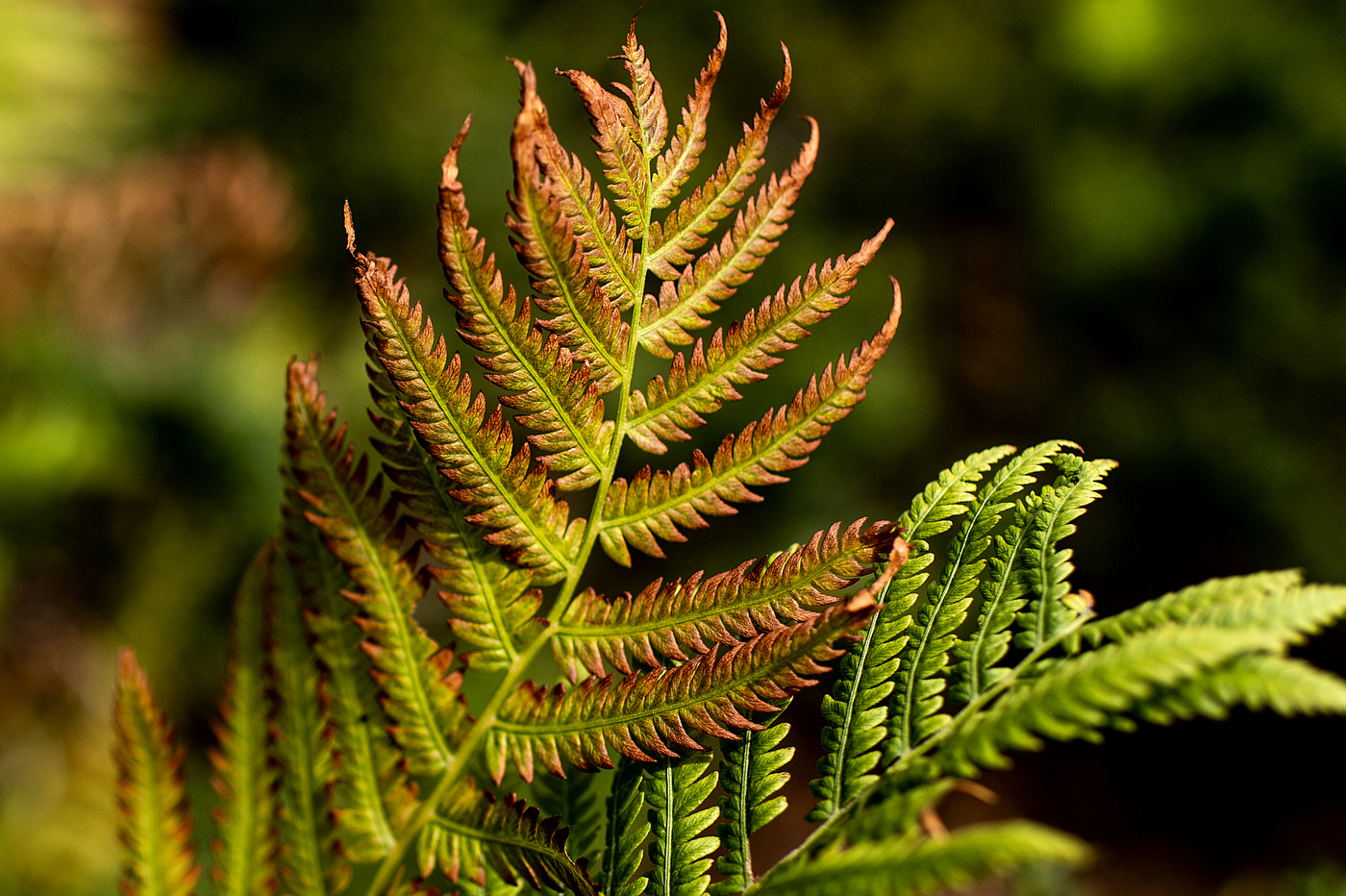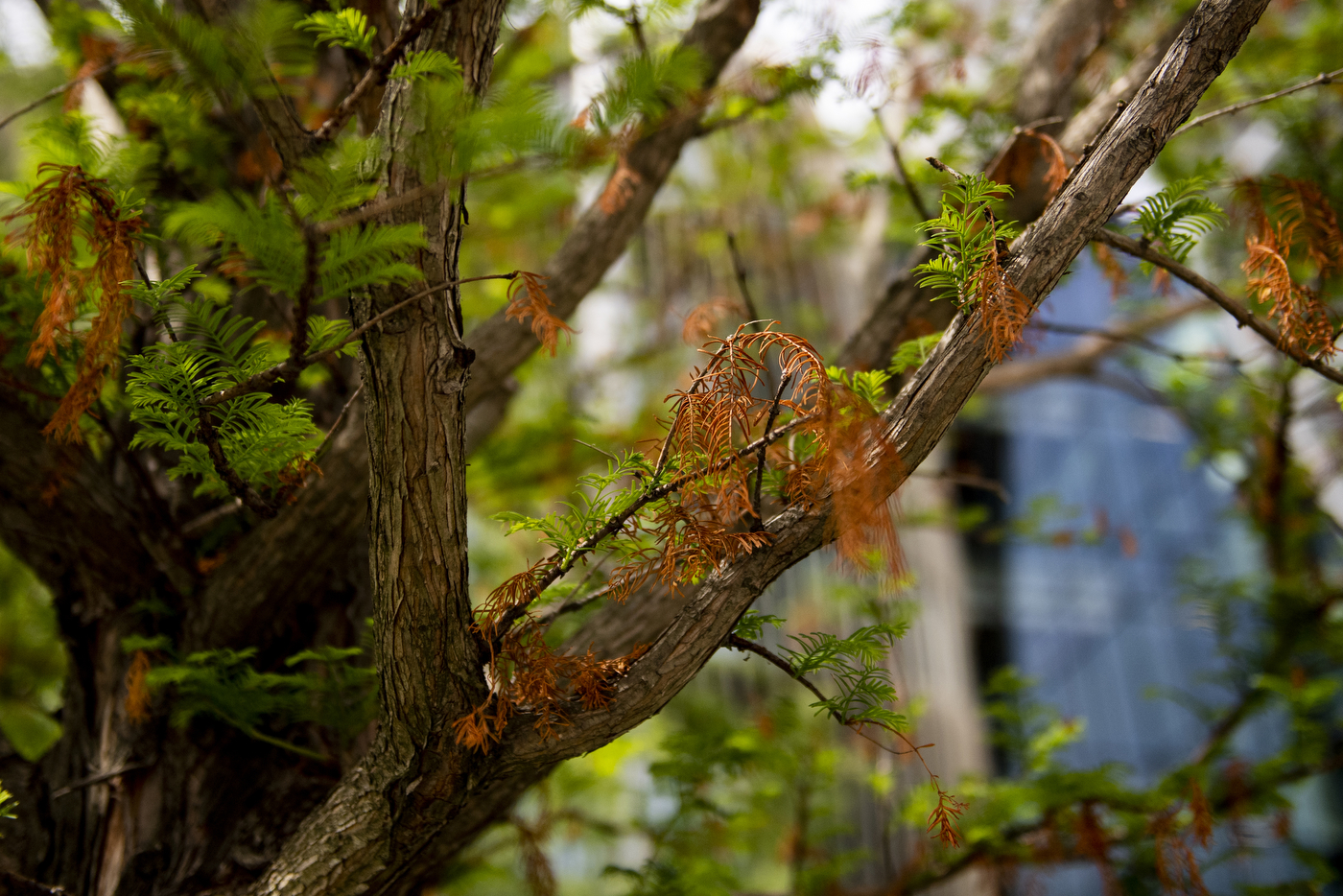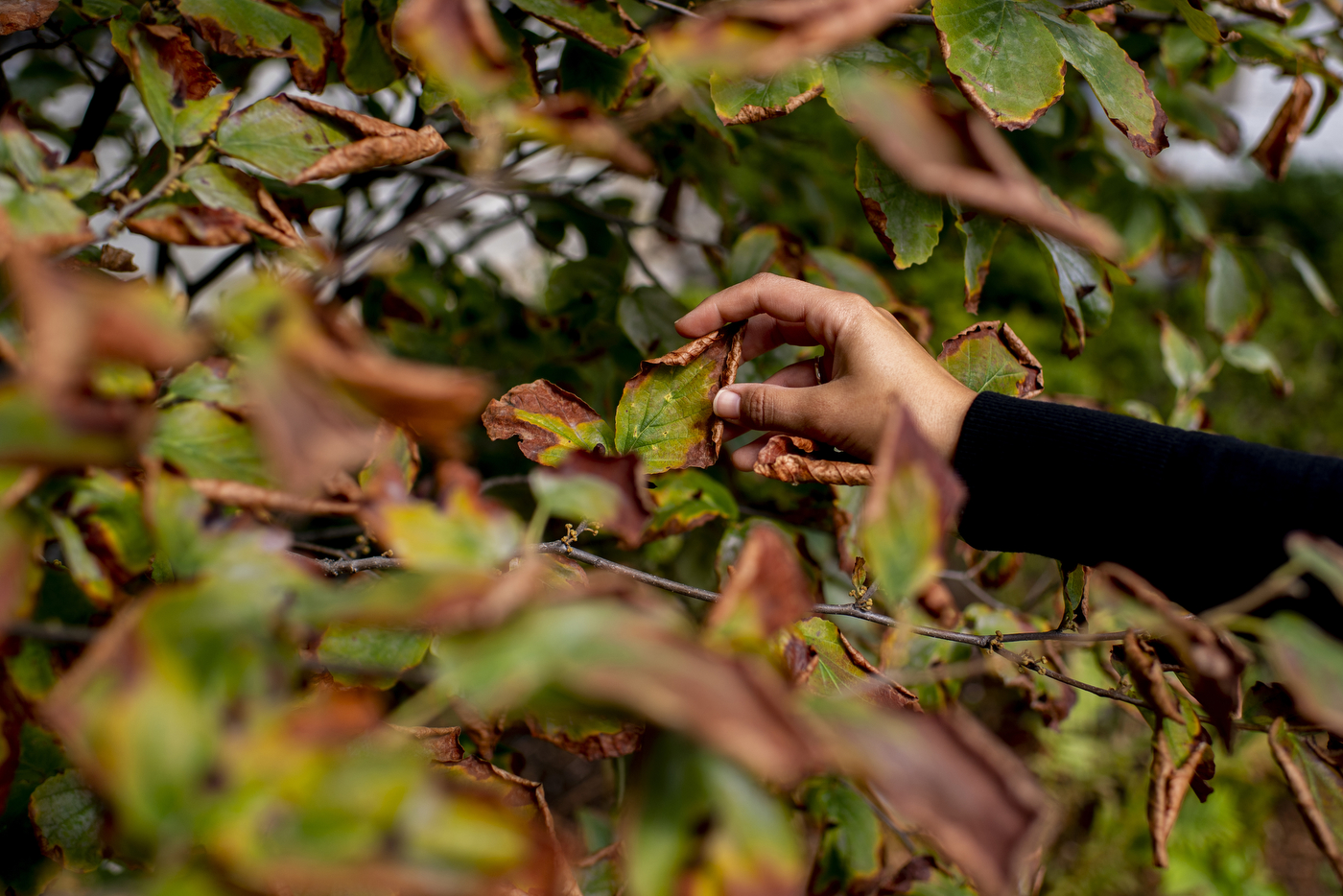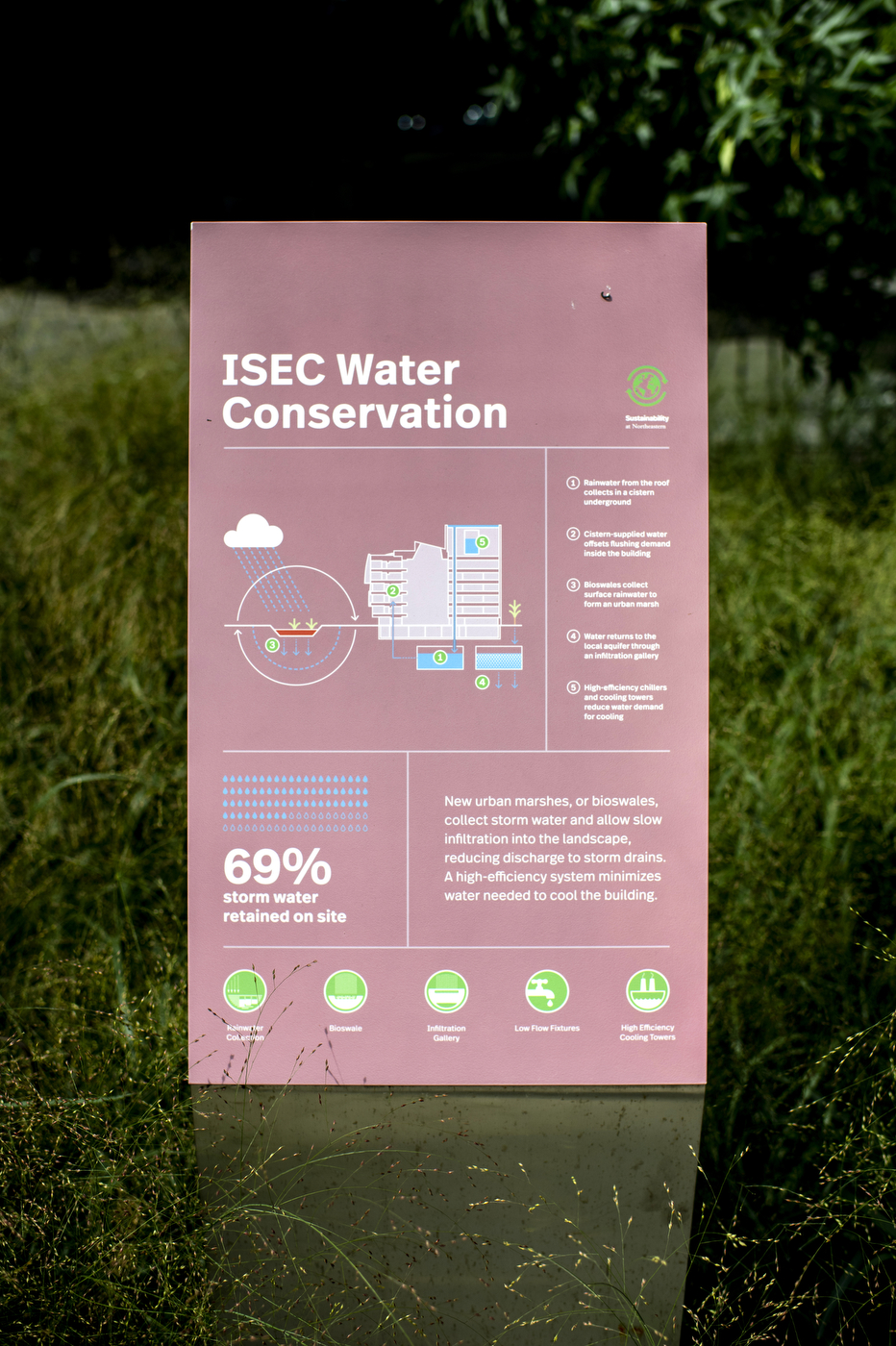Drought affecting Northeastern’s arboretum, but the team has a plan to keep plants healthy

More than half of the contiguous United States is experiencing drought conditions, as a dryer and hotter summer than usual blasts the country. New England, and Massachusetts in particular, has been subject to lower than usual rainfall for the past six months, causing conditions to deteriorate across much of the commonwealth.
The interior of Massachusetts—as well as Boston—was classified as being at Level 3, “critical drought” conditions, this month by Bethany Card, secretary of the state’s Energy and Environmental Affairs office.




For students on co-op at Northeastern University’s arboretum, the effects hit close to home.
“One thing that has been apparent the last few weeks is the physical changes in the arboretum,” says Alegra Germain, who studies environmental and sustainability science and is one of two co-op students who help care for the university’s arboretum. Spread throughout the university’s Boston campus, the arboretum comprises 11.5 acres of green space, and more than 6,000 trees and shrubs.

Germain, who is responsible for posting to the arboretum’s dedicated Instagram page, is out and about daily, looking closely at the thousands of trees and shrubs on campus. “Lately I’ll go back to a plant I saw just 48 hours ago, and it’ll show significant damage that wasn’t there before,” she says.
The region is roughly 10 inches behind in rainfall compared to this time last year, says Stephen Schneider, director of horticulture and grounds at Northeastern.
“Last year was definitely a rainy summer, but if you think about 10 inches of water—that’s significant,” he says. It’s significant enough that, without proper mitigation techniques, soils can dry out so much that they become “hydrophobic,” Schneider says. A waxy residue builds up on the surface of very dry soil and forms a water-repelling layer, making it difficult for water to get down to the deep roots of a plant.
The few summer storms Massachusetts has seen haven’t helped much, dumping half an inch of water in only an hour or so. “Most of that just rolls off the surface,” Schneider says.
Smart design can help. The landscaping near the university’s Interdisciplinary Science and Engineering Complex includes a rain garden, designed to hold rainfall and slowly recharge the earth. Schneider says any new construction on campus is employing these types of mitigation strategies.
Elsewhere, it’s up to the arboretum team to keep plants healthy.
“When we had zero rain and 100 degree weather, that’s really when things were at a super critical point,” he says. “We’re starting to turn the corner, but it’s still important to stay on top of things so that water is delivered in an efficient manner.”
The grounds crew at Northeastern has been prepared for a challenge like this. More than 60% of the plants in the arboretum are reaching maturity, and saving those from drying out is the priority.
Mature trees, which are trees that have reached their full size and canopy, provide essential shade and cooling on campus. Take a stroll down Huntington Avenue, where there are relatively few mature trees, and cross onto Centennial Common, where there is plenty of shade cover, to feel the difference in temperature.
To protect these essential trees, the facilities team has been deployed across the campus arboretum to keep an eye out for dry spots that could spell trouble. With extra hoses that snake from campus buildings, they’ve been watering the trees slowly and steadily to ensure the soil doesn’t become hydrophobic and to allow the trees’ deep, well-established root systems access to water.
A student-run soil brigade helps, too.
Indira Holdsworth, a former arboretum co-op and a student of evolutionary biology and ecology, started the brigade. The volunteer project offers an opportunity for students to learn more about the soil conditions in the arboretum—and adds to a growing cache of important data about the health of the system overall.
Students take soil samples from around campus and analyze them for essential nutrients, salinity, and pH, Holdsworth says.
“We can use that data to figure out what the fertilization plan should be for different parts of the arboretum, based on what the nutrient availability is at different locations,” she says. During the winter, members of the brigade will keep an eye on soil near roadways, where runoff may be dumping excess road salt.
And, during drought conditions, the data provides critical information about soil nutrient levels—an indicator of the health (and moisture levels) of the soil overall.
With no real end in sight yet—forecasters hope for normal levels of rain in the fall—the facilities team will continue to manage drought conditions within the arboretum. In the meantime, the hands-on experience has been eye-opening for Germain and Grace Arents, the second arboretum co-op student, who is also studying environmental and sustainability science.
“It’s really shown me how connected everything is within the larger ecosystem we have here,” Germain says. She noticed recently the birch grove nestled beneath Robinson Plaza was suffering from particularly dry, sandy soil. Tracing it out, she could see for herself how the conditions were affecting all the plants nearby, as well.
“Until now, it was always very much theoretical,” she says, of the delicate connection that threads life together on the planet. “Now it’s real.”





